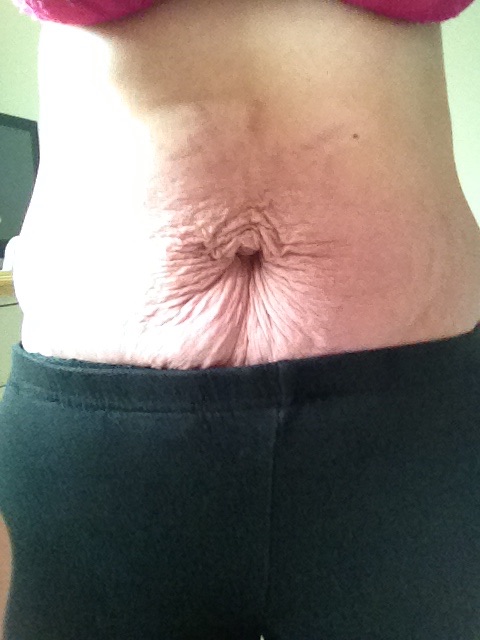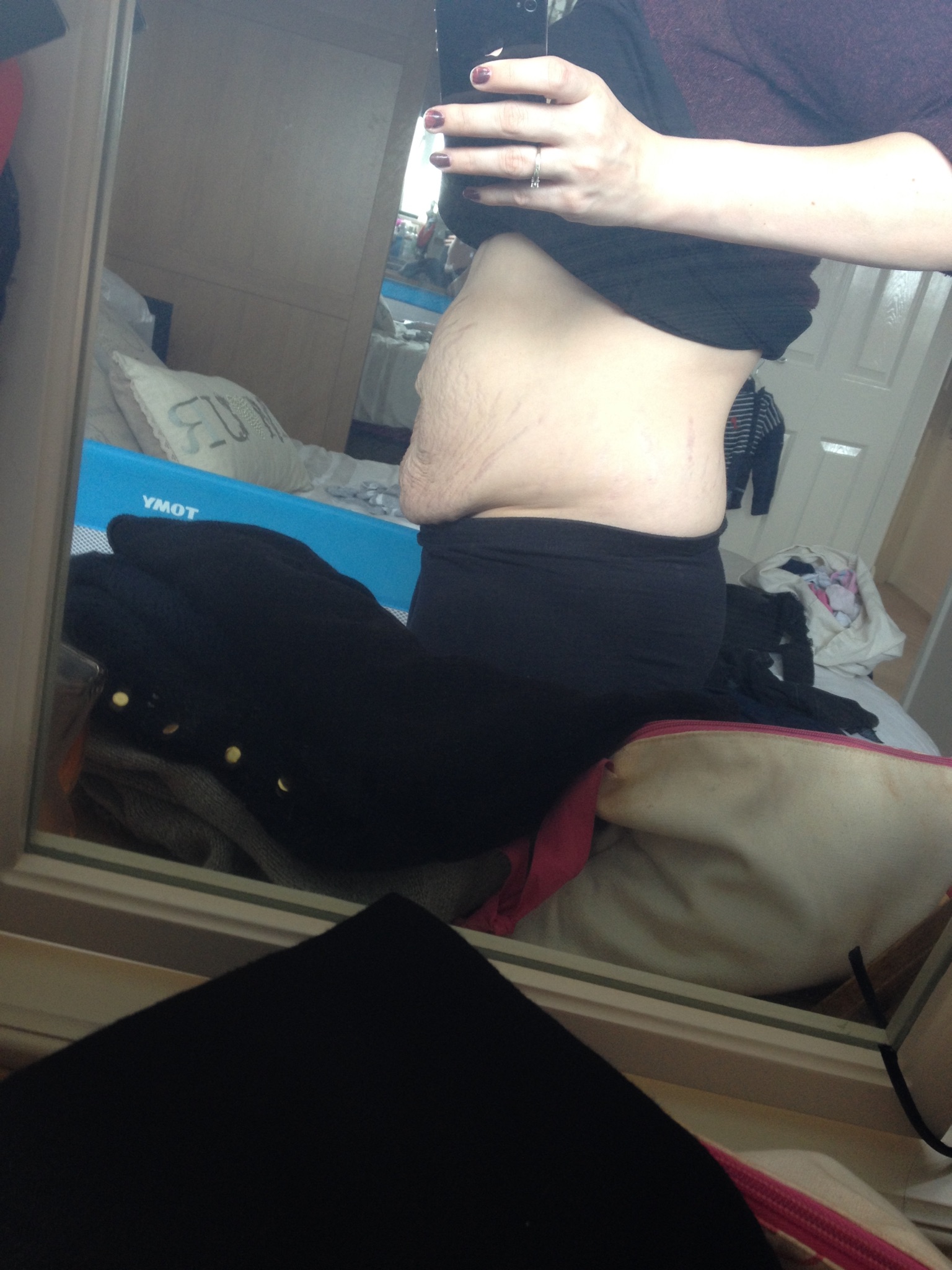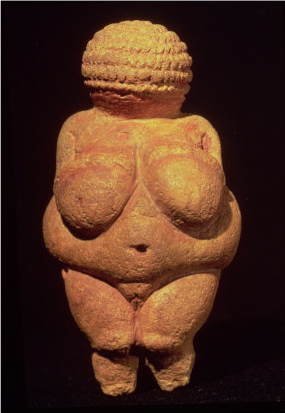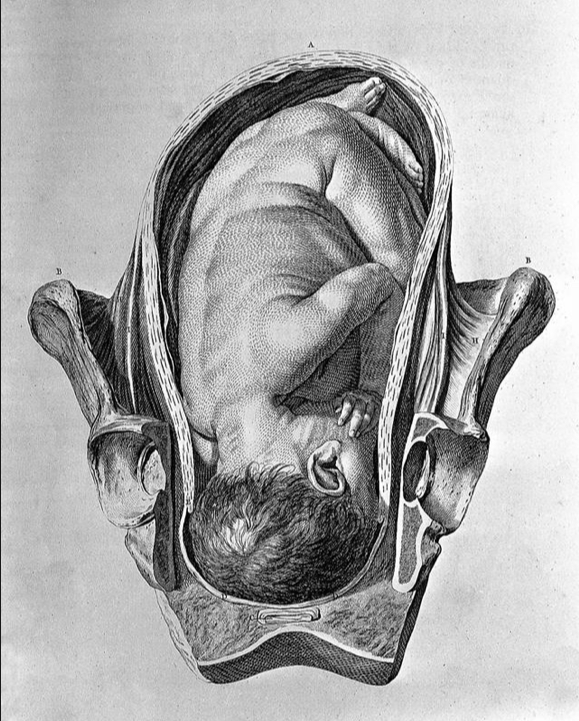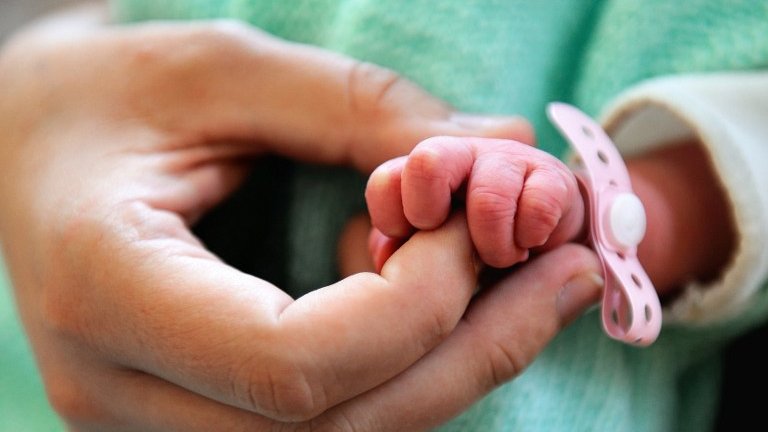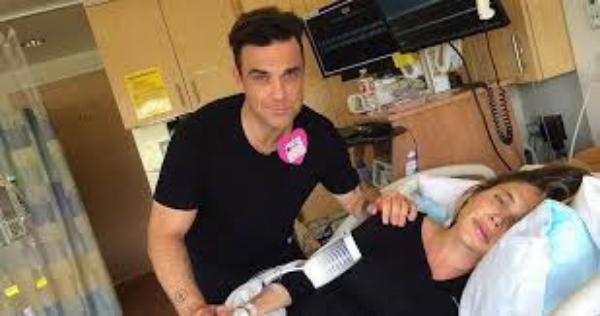The following is a guest blog on Post-pregnancy Body Image, written by my old running pal Amanda. I'm so grateful to her for sharing this extremely powerful, personal, and brave story with us. I for one had never heard of, or read, anything like this before.
Stories like this are such an important part of the dialogue of what it means to be women, and what it means to be mothers. It is yet another poignant reminder of how different every woman is, every woman's body is, and how every woman's experience of pregnancy is so unique.
This is not meant to be a horror story. Quite the opposite. It's an empowered story of the very personal physical and psychological transformations inherent in pregnancy and birth. And being able to confidently choose what's best for you, based on your personal circumstances.
Sharing these experiences is incredibly brave. And I'm sure will be powerful in helping other mums negotiate their postnatal bodies, however they chose to do this...
Images from left: "Ernie the Hernie!," 3 months Postnatal, Post Surgery
Until pregnancy I never had an issue with my body.
I was once an athlete, surrounded by tiny girls running in circles for fun. I had the occasional person at school saying I was too skinny but I never thought to judge or comment on someone else’s size. People certainly wouldn’t come up to me on the street to comment on how slim I was, or stroke my washboard abs. That was until I fell pregnant!!
I can fully appreciate the pregnant body on another woman and I initially quite liked what I thought was a cute bump, until people started commenting, “Oh My God, your bump is huge, are you having twins? Why is your belly button still sticking out?” et cetera et cetera …
I am quite the joker so I hid it well, but every time someone made a comment about my bump I felt like I must have looked like Mr Blobby. Going from a size 8-10, to being pregnant (measuring 49inches around the day I gave birth) made me feel like a beast. And if I was to say anything about not liking the size, I was frowned upon as though I hated the miracle that was growing inside me.
I suffered pre-eclampsia during pregnancy, which added to my already blooming size. But knowing I had a medical condition didn’t soften the thought of being huge.
I went into labour remembering my mum’s story that she came out of hospital wearing her size 6 pre-pregnancy jeans, hoping that I would be lucky enough to give birth and everything would go back to normal with my body. I was so wrong.
I came out of hospital, after giving birth to my gorgeous daughter Megan, with a bump that looked like I could be harbouring another child; only to realise it was empty when I laughed and it jiggled like a massive bowl of jelly. My belly button was black and I had stretch marks galore, but I was told that my body would go back to how it was (“Just use bio oil!”) so I initially felt okay …
A few weeks, then months passed and I lost the weight I had put on (with the help of breast feeding!) but I was left with so much excess skin. Once again people told me I could exercise it off…
I started resenting going to mother and baby groups because I felt like my body wasn’t normal compared to the other mums (I was tucking my saggy belly into my knickers whilst their vest tops were tight enough to show they had flat stomachs).
Whilst pregnant with my second baby I once again bloomed, but this time I was more confident to comment back with arsey comments like “Yeah the baby is huge but at least I have an excuse being pregnant.” Or just simply “I hate that people think they can comment on your size whilst pregnant” (a subtle Fuck Off!). After giving birth I had the stretch marks again that were purple/red and really deep, the brown belly button, the extra skin… but this time I also had a huge lump that wouldn’t go down.
Post-babies! Excess skin tucked into my leggings. My belly button resembled a Cat's Bum!
I eventually saw a Physio who wrote on my notes that I had a 'diastasis recti' of the abdominal muscles, but no hernia, and he advised me to continue with the exercises.
One month after giving birth. The hernia makes it look like I still have a baby in there!
I continued laboriously for over 6months but the lump wouldn’t go so I finally went to a plastic surgeon hoping he could just get rid of what I thought was stubborn fat. I paid for one of the best plastic surgeons in the UK and as soon as I laid down he diagnosed an abdominal hernia saying “no exercise will improve it and surgery is a must”. I also asked to have the excess skin removed whilst under the anaesthetic. I just had to wait until my son was no longer breastfeeding (I had planned for 13months so he had the same as my daughter). My husband was forever telling me that I was beautiful and he didn’t care if I had a flat stomach or a saggy one. I truly believe he meant it, but I needed the excess skin gone for my own self esteem.
Whilst not being diagnosed with a hernia and assuming it was just stubborn fat I found a picture on Pinterest of a mummy tummy that helped me deal a little with what I thought would be my body for life:
"A mark for every breath you took,
every blink , every sleepy yawn.
One for every time you sucked your thumb,
waved hello, closed your eyes and slept
in the most perfect darkness.
One for every dream you dreamed inside me.
It isn’t very pretty anymore. Some may even say it’s ugly.
That’s ok.
It was your home. It was where I grew you to love you,
where I laid my hand.
As I dreamed about who you were and who you would be.
It held you until my arms could,
and for that I will always find something beautiful in it."
Post-surgery: The hernia was caused by pregnancy causing the stomach muscles to part. The physio's advice had made the hernia worse, to the point that the surgeon said it was one of the worst abdominal hernias he has worked on (the size of a mans's first).
I may have removed my badge of honour – the excess skin by taking the wimps option of paying for surgery whilst repairing a hernia. But I proudly still carry my stretch marks and read this confidently knowing my body did something amazing.
My advice to everyone: Next time you see a pregnant woman please don’t think it’s your god given right to comment about her size. I have also heard from friends that they were offended when people say “Oh you don’t have much of a bump, the baby is going to be tiny”! And then worrying about the baby the whole pregnancy and finally giving birth to a baby with a ‘normal’ weight.
My advice to new mums: For some people their bodies improve, for others they learn to embrace their new amazing body and for some, like me, intervention was the only way. Do what makes you happy but never let anyone else’s opinion change yours. Don’t put pressure on yourself by expecting to walk out after labour with your pre-pregnancy body, understand what your body has been through – it’s a bloody miracle.

